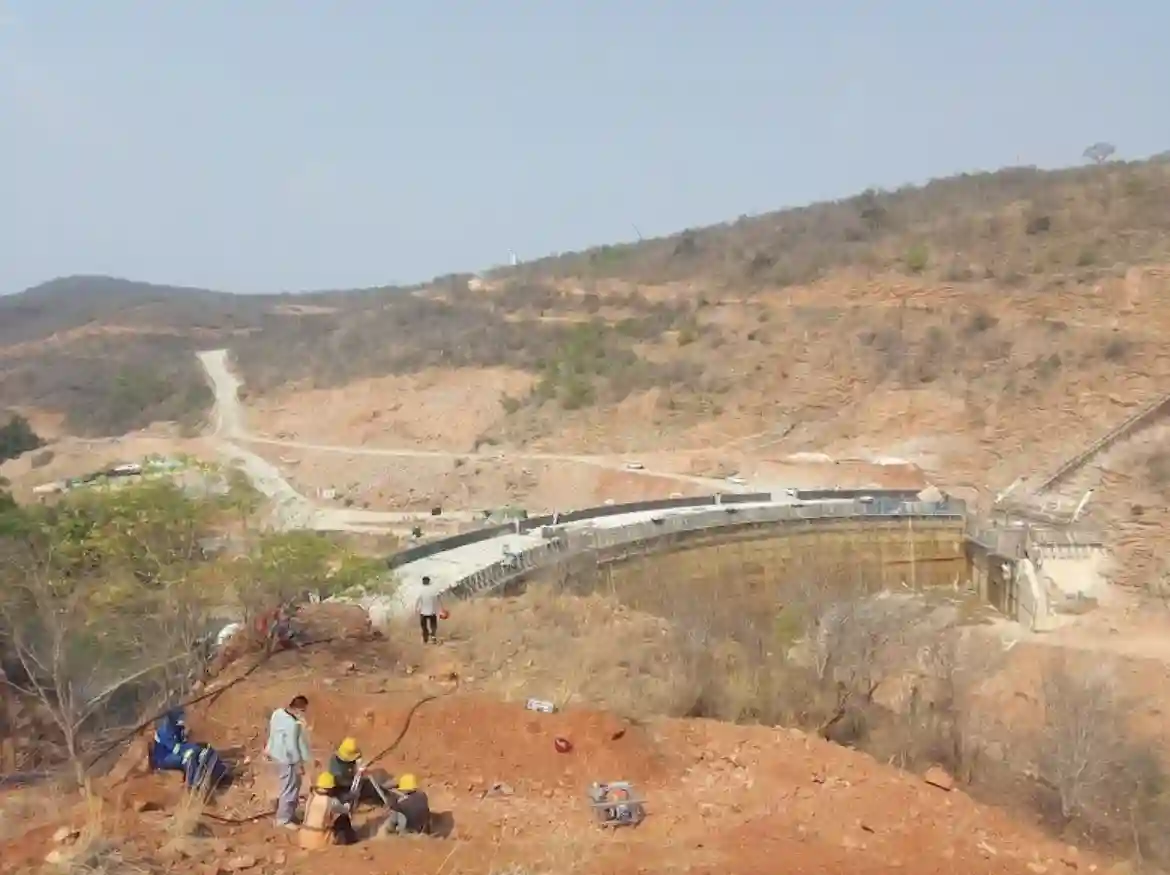The Zimbabwean Government has allocated $7 billion and a borehole drilling rig as a short-term to medium solution to perennial water shortages in Bulawayo, Zimbabwe’s second-largest city. The government is still pushing forward with the Lake Gwayi-Shangani project, which is expected to start pumping water in 2025.
The $7 billion fund will primarily be used to repair broken-down boreholes at the Nyamandlovu Aquifer, according to The Herald. The goal is to ensure the pumping of 16 megalitres of water per day at full capacity.
Addressing an inaugural meeting of the 20-member Bulawayo Water Technical Committee at Mhlahlandlela Government Complex yesterday, Lands, Agriculture, Fisheries, Water and Rural Development Minister, Dr Anxious Masuka, reiterated the Government’s commitment to restore basic services such as water and sanitation in Bulawayo. He said the above interventions were part of Vision 2030, which envisages creating an upper middle-income economy. He said:
Government has availed $6,9 billion towards this project, as well as a drilling rig and this money will be prioritised according to this committee working closely with everyone.
We thought we needed to assist the Bulawayo City Council by putting together a committee that has very broad representation with the skills depth and experience required to accelerate the initiatives at Bulawayo council level.
The 220 megalitres a day that we will be conveyancing from Gwayi-Shangani, is enough to guarantee water for Bulawayo for the next 80 years.
This is why at this stage we do not envisage going beyond Lake Gwayi-Shangani in terms of water supply for Bulawayo.
We would want to stabilise it and then deal with internal issues within Bulawayo, which is ensuring that the non-revenue water is reduced and that the conveyancing of water is reaching areas that we were unable to reach.
In Cowdray Park, there are 25,000 residents that are not able to get water.
Bulawayo has been grappling with water shortages for many years due to a combination of factors, including rapid population growth, ageing infrastructure, and limited water resources. The situation has been exacerbated by climate change and the unpredictability of rainfall patterns. To address the long-term water shortage, the Gwayi-Shangani Dam was proposed in 1912 as part of the Matabeleland Zambezi Water Project (MZWP). However, due to a lack of political will and insufficient funding, the dam has yet to be completed. The project was recently awarded to the China International Water and Electric Corporation.
Once finished, the Gwayi-Shangani Dam will be the third-largest inland water body in Zimbabwe, following Tokwe-Mukosi and Lake Mutirikwi. The dam is located in Region Four, which experiences low rainfall and high temperatures. The government has invested over US$122 million in the project. In 2012, the government took over the Matabeleland Zambezi Water Project (MZWP) from the Matabeleland Zambezi Water Trust, led by the late Dumiso Dabengwa. The government had promised to accelerate the project’s completion but had limited success.
Engineers estimate that the dam will be 70% complete within three to four years, with water impounding expected to begin in the 2024/2025 season.

